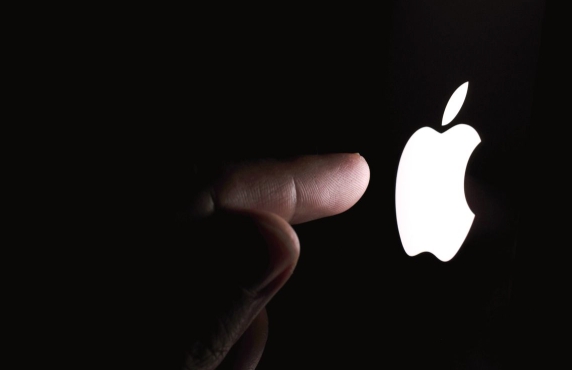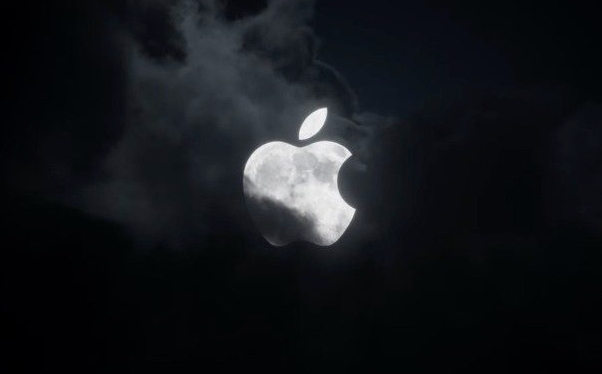How to stop a macOS update in progress?
Jul 13, 2025 am 12:48 AMIf the Mac is updating, you can stop it by: 1. When the update has not started, go to System Settings > General > Software Update, click "Details" and uncheck the update; 2. If the installation has started, you need to force shut down (long press the power button) and restart; 3. If the startup is abnormal, you can enter the recovery mode to repair or reinstall the system. However, stopping in the middle may cause system problems, so it is recommended to operate with caution.

If your Mac is updating and you suddenly realize you don't want it to continue — maybe because it's taking too long, you're low on battery, or you just changed your mind — stopping the macOS update mid-process isn't straightforward. macOS doesn't offer a direct "Cancel" button once an update starts installing. But depending on where you are in the process, there are a few things you can try.

What to do before the update restarts
If the update has downloaded but hasn't started installing yet (you haven't clicked "Install Now" or restarted), this is your best chance to stop it without risking system instability.

- Go to System Settings > General > Software Update
- Click the Details... button next to the pending update
- Uncheck the update from the list and click Done
This won't remove already downloaded files, but it will prevent the update from starting automatically.
If installation has already begun
Once the update starts installing and your Mac has restarted into the update process, your options become more limited. At this point, the system is in a special mode and interrupting it could lead to issues.

However, if you're seeing the progress bar screen and the update is clearly stuck or you must stop it:
- You might be able to force shut down by pressing and holding the power button until the Mac turn off
- Wait a few seconds, then turn it back on
?? This should only be done as a last resort. It can potentially cause file system corruption or leave the OS in an inconsistent state.
After rebooting — recovery options
If your Mac didn't start up properly after stopping the update, try these:
- Boot into Recovery Mode by holding
Command Rduring startup - From there, you can use Disk Utility to check your drive or Reinstall macOS without erasing your data
You can also try booting into Safe Mode ( Shift key during startup) to see if the system can recover on its own.
Stopping a macOS update mid-installation is not something Apple makes easy — and for good reason. The safest bet is always to let the update finish. But if you really need to halt the process, timing matters: act before the install begins, or be prepared to deal with possible consequences. If things go sideways, Recovery Mode is your friend.
Basically that's it.
The above is the detailed content of How to stop a macOS update in progress?. For more information, please follow other related articles on the PHP Chinese website!

Hot AI Tools

Undress AI Tool
Undress images for free

Undresser.AI Undress
AI-powered app for creating realistic nude photos

AI Clothes Remover
Online AI tool for removing clothes from photos.

Clothoff.io
AI clothes remover

Video Face Swap
Swap faces in any video effortlessly with our completely free AI face swap tool!

Hot Article

Hot Tools

Notepad++7.3.1
Easy-to-use and free code editor

SublimeText3 Chinese version
Chinese version, very easy to use

Zend Studio 13.0.1
Powerful PHP integrated development environment

Dreamweaver CS6
Visual web development tools

SublimeText3 Mac version
God-level code editing software (SublimeText3)

Hot Topics
 Win11 stop update setting tutorial
Jan 07, 2024 pm 03:38 PM
Win11 stop update setting tutorial
Jan 07, 2024 pm 03:38 PM
In the win11 system, we may not want to automatically detect updates, but we don’t know how to set up win11 to stop updates. In fact, we only need to open the settings and stop updates in the system update settings. Win11 stop update setting tutorial: 1. First click on the "Start Menu" in the taskbar 2. Then open "Settings" in the start menu 3. Then enter "Windows Update" in the lower left corner 4. After entering, you can see The one on the right is "Pause Updates". 5. Click on the time on the right to set the pause time, which can be set up to 5 weeks.
 When will Windows 10 end support for updates?
Jan 08, 2024 pm 02:49 PM
When will Windows 10 end support for updates?
Jan 08, 2024 pm 02:49 PM
There are still many users using the win10 system, but recently Microsoft also revealed some news that the win10 system will officially stop selling electronic licenses on January 31, but users who are already using it don't need to panic. When will win10 stop updating? Answer: Updates other than the 22H2 version will be stopped after March 2023. The 22H2 version will also stop supporting on October 14, 2025. After March this year, 22H2 will be the only version that continues to accept security and updateability in WeChat’s win10 system. Even if updates are stopped, users don’t have to worry. They only need to upgrade the system they are using to the latest win11 or the 22H2 version of win10.
 How to update the system's own software
May 19, 2025 pm 06:48 PM
How to update the system's own software
May 19, 2025 pm 06:48 PM
Updating the software that comes with macOS is simple and important because it can fix bugs, improve performance, bring new features and security improvements. You can update through the "Software Update" option in "System Settings" or "System Preferences" and follow the prompts. If you encounter problems, try restarting your Mac or checking your network connection, and the Apple Support page also provides a solution. It is recommended to keep the system up to date, back up data before update, and ensure Wi-Fi and sufficient storage space. Update details can be viewed on Apple's official website.
 How to stop Windows 10 from updating automatically
Jul 06, 2025 am 01:52 AM
How to stop Windows 10 from updating automatically
Jul 06, 2025 am 01:52 AM
Windows 10 update can be controlled through various methods. 1. Use the "Pause Update" function to pause for up to 35 days, which is suitable for temporary suspension of updates; 2. Set the network to "Bill by traffic" mode to restrict background download and updates; 3. Disable automatic updates through group policy, which is suitable for professional users to completely stop updates; 4. Disable Windows Update service, but it will bring security risks and is suitable for temporary use. Each method is suitable for different scenarios. It is recommended to choose according to your needs and check and update regularly to ensure system security.
 How to stop Windows 11 updates temporarily?
Jul 13, 2025 am 02:30 AM
How to stop Windows 11 updates temporarily?
Jul 13, 2025 am 02:30 AM
There are three common ways to temporarily block Windows 11 updates. 1. Set the pause update to be up to 35 days, which is suitable for short-term use. Find advanced options in the settings and select pause; 2. Use the local group policy editor to delay the update cycle, which is suitable for professional users. Enable relevant options in the group policy to extend the update time; 3. Restrict background download updates, and enable limits or turn off the reception update function from other computers in delivery optimization to reduce bandwidth usage. The above methods can be selected according to the system version and needs.
 How to stop a macOS update in progress?
Jul 13, 2025 am 12:48 AM
How to stop a macOS update in progress?
Jul 13, 2025 am 12:48 AM
If the Mac is updating, you can stop it by: 1. When the update has not started, go to System Settings > General > Software Update, click "Details" and uncheck the update; 2. If the installation has started, you need to force shut down (long press the power button) and restart; 3. If the startup is abnormal, you can enter the recovery mode to repair or reinstall the system. However, stopping in the middle may cause system problems, so it is recommended to operate with caution.
 How to stop a Windows update in progress?
Jul 07, 2025 am 02:14 AM
How to stop a Windows update in progress?
Jul 07, 2025 am 02:14 AM
Windows updates cannot be cancelled directly, but different measures can be taken according to the update phase. 1. The download stage can be safely cancelled: go to "Settings" → "Windows Update" and click "Pause" or "Cancel Update". 2. No interruptions are recommended during the installation phase: If "Configure updates" are displayed, forced shutdown may cause system damage, so you should wait patiently for completion. 3. You can delay or rollback before restart: When prompted to restart, select "Reminder later", and some updates can be rolled back through the "Recovery" function within 10 days. 4. Long-term control update: The Pro version can use group policies to limit the update time, and ordinary users can set it to "Billing by traffic" to avoid automatic download. Seizing the opportunity and understanding the current status is the key, and forced interruption is risky and requires careful operation.
 How to install macOS updates from the command line?
Jul 17, 2025 am 02:30 AM
How to install macOS updates from the command line?
Jul 17, 2025 am 02:30 AM
Methods to install macOS updates using the command line include: 1. Check for available updates, run softwareupdate-list or softwareupdate-l; 2. Install all or specific updates, use sudosoftwareupdate-ia or specify the specific update name respectively; 3. Scheduling or automated updates, enable background download and automatic checking through sudosoftwareupdate-background-download-schedule, or enable automatic installation using sudosoftwareupdate-schedule-automatic. Pay attention to some updates when updating






